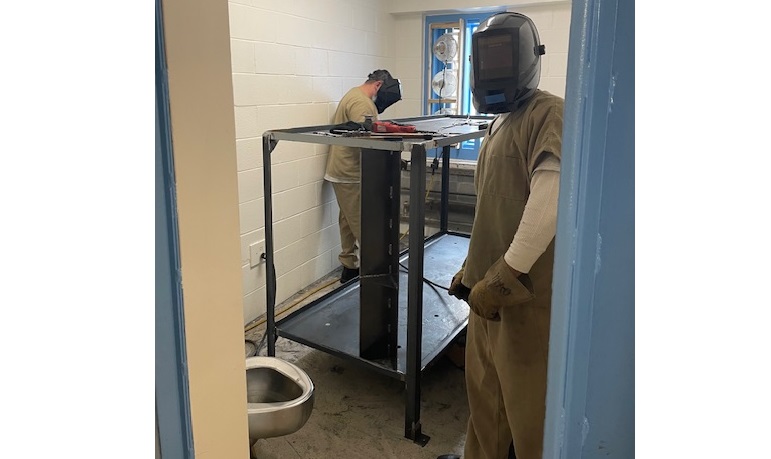Community
Bristol County Sheriff outlines how he is lowering the ability of inmates to commit suicide

Suicides have long been a problem in the Bristol County incarceration system. A year into his term, the Bristol County Sheriff is sharing what he is doing to address the problem.
Paul Heroux says that in January 2023, he inherited a jail system that had a suicide rate three times the national average.
“We are changing that. In my first month on the job, I hired prison suicide expert Lindsay Hayes to review our policies and procedures. His review found a lot of problems with our policies, procedures, and infrastructure. Hayes gave me 23 specific issues to address (https://www.bcso-ma.us/Homepage_files/4-4-23_suicidereport.pdf) NOTE: The report suggests 24 recommendations, but #24 is for me to implement the first 23, which is why I say there are 23 actual recommendations.”
According to Heroux, the 23 issues have been implemented or are in progress.
One area of concern was the manner in which 7 out of 7 last inmate suicides at the Dartmouth jail were all done using bunkbeds, Heroux said.
“We can never fully eliminate inmate suicide. But we can reduce it. There were a lot of different ways that inmates could hang themselves and commit suicide. We are changing that.”
Heroux highlighted some of the issues and what his office has done to remedy those issues.
– A PROBLEM: The windows had vertical bars that could be used to wrap a cord around at the base windowsill, and the inmate could then sit down and hang himself or herself.
The SOLUTION: A stainless steel reinforced mesh screen keeps the inmate from wrapping a cord around the bar and hanging themselves.
– A PROBLEM: The old bunkbeds had horizontal bars, i.e. ladder and other 45° angle bars. Inmates could use those to hang themselves.
The SOLUTION: We redesigned the ladder and bed eliminating all bars that can be used to hang oneself.

The total cost in materials to retrofit each bunkbed or window is about $15 each and the work is done by inmates.
“The individuals doing the welding in the cells are inmates. They are part of our expanded vocational welding program, where we are teaching them a marketable skill; part of their discharge planning is to get the inmate lined up with an employer prior to being released.”





You must be logged in to post a comment Login